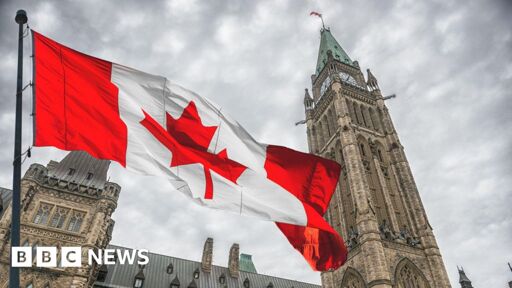Summary
Euthanasia accounted for 4.7% of deaths in Canada in 2023, with 15,300 people opting for assisted dying—a 16% increase, though slower than prior years.
Most recipients had terminal illnesses, primarily cancer, and 96% were white, sparking questions about disparities.
Quebec, at 37% of cases, remains Canada’s euthanasia hotspot.
Since legalizing assisted dying in 2016, Canada has expanded access, now covering chronic conditions and planning to include mental illnesses by 2027.
Critics, citing rapid growth and controversial cases, warn of insufficient safeguards, while proponents highlight strict eligibility criteria. Debate continues globally.



You do understand how your example is different though, right?
By “end-of-life” home I’m assuming you mean hospice, which is absolutely not the same as medical assistance in dying (MAiD). I don’t know the story, however, hospices exist in many countries. Hospices do not provide “very basic [medical] care” - they are there to manage pain, manage symptoms to an extent, and provide a comfortable space for that person to die. If the family did not agree that their family member should have been in hospice they needed to seek a second opinion. Hospices are not there to cure someone’s medical condition. If you go into one it is because you are imminently dying.
The mistake of the medical staff in putting this person in hospice is not the same as someone who is of sound mind, learns that they have a terminal disease, and chooses for themselves to go through the medical assistance in dying process.
MAiD is a process with multiple checks and balances with multiple levels of oversight. You are able to opt out at any time prior to the final event.